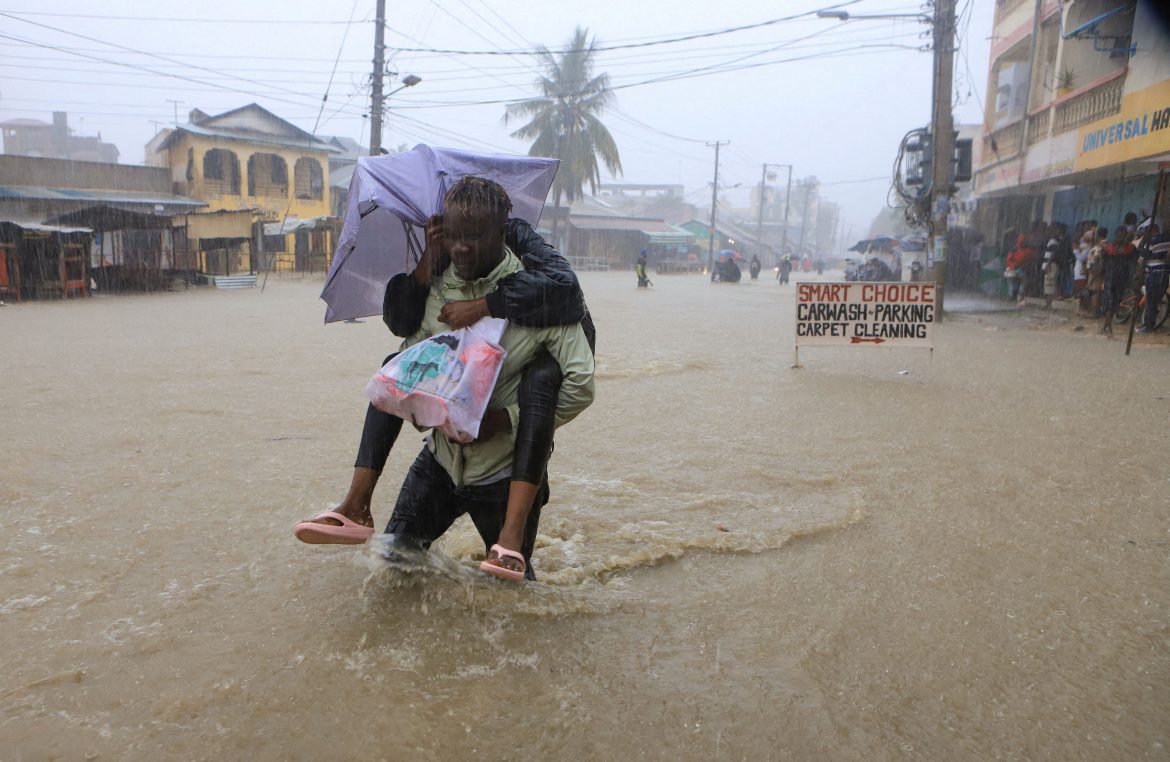At least 46 people have been reported killed after heavy rains pounded the streets of Kenyan coastal city of Mombasa, with some passengers evacuated from a flooded bus by holding on to a rope amid chest-high water.
The toll is expected to rise.
According to reports, others stood on top of the bus with umbrellas and raincoats as they waited for their turn to pull themselves to safety in Kisauni district, nearly 500 km (310 miles) from the capital Nairobi.
In neighbouring Somalia, 41 deaths have been recorded due to heavy rains and floods. The number displaced has almost doubled to 649,000 in the past week, the U.N. Office for the Coordination of Humanitarian Affairs (OCHA) said in its latest update on Saturday.
The heavy rains, which weere followed by flash floods, have submerged towns across East Africa, rendering hundreds of thousands of people homeless. With their homes submerged, residents of Bamburi town held the government responsible for failing to unblock and repair drains.
“We are forced to give out neighbours a helping hand while our houses are being destroyed by water,” said resident Abubakar Abdallah. “…We don’t know how the next night will be.”
Read also: National Trust asks UK govt to improve climate resilience
Findings show that the floods have disrupted railway operations and evacuation of cargo from the Port of Mombasa to the inland container depot in Nairobi.
Kenya Railways, in a statement, announced that the rains have also led to wash-aways and landslides in various sections of the 300 miles SGR (Standard Gauge Railway) running from Mombasa to Nairobi.
“Consequently, this has affected normal train operations including cargo transfers, loading as well as offloading activities at the Port of Mombasa,”the statement read. “A section of the SGR corridor between Mombasa Terminus and Mariakani, has experienced a landslide which has resulted [in] the closure of the section for all freight trains,”.
Recall that the SGR cargo freight service from Mombasa Port which is mainly used to haul containerized cargo to dry ports in Nairobi and Naivasha, started in 2018. Over time, evacuation of cargo along the corridor has surged from 2.9 million tons in 2018 to over 6 million tons last year.
Story was adapted from Reuters.
